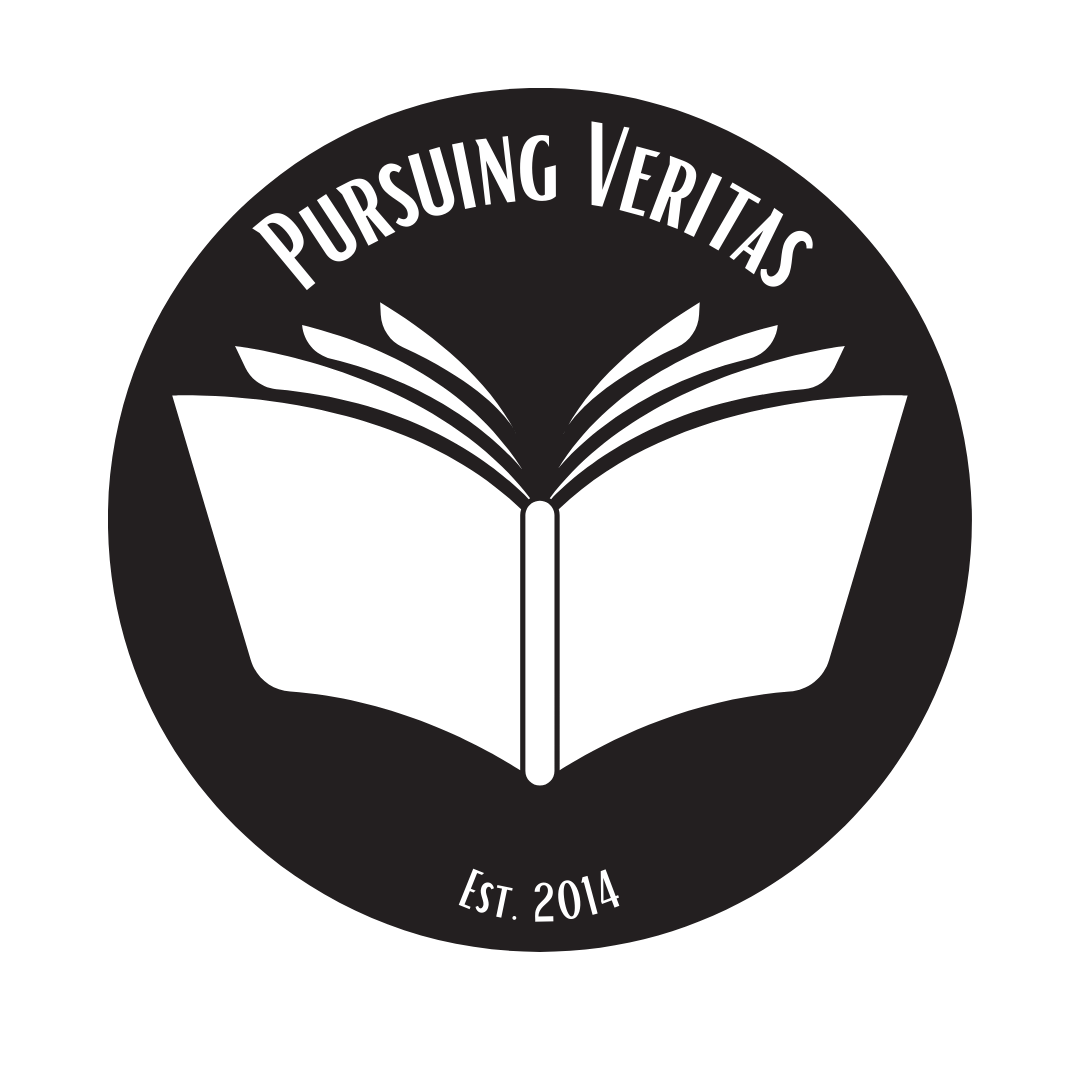 Several months ago, I was privileged to present a paper at a regional meeting of the Evangelical Theological Society. There is nothing quite like the amassed scholarship of these conferences, the gathering of minds eager to pursue knowledge and discuss the finer points of theology, biblical interpretation, and Christian praxis. Of course, it would not truly be a meeting of evangelicals (evangelicals gathered at a Southern Baptist seminary, to wit) without some disagreement over the role that history plays in the tasks of theology.
Several months ago, I was privileged to present a paper at a regional meeting of the Evangelical Theological Society. There is nothing quite like the amassed scholarship of these conferences, the gathering of minds eager to pursue knowledge and discuss the finer points of theology, biblical interpretation, and Christian praxis. Of course, it would not truly be a meeting of evangelicals (evangelicals gathered at a Southern Baptist seminary, to wit) without some disagreement over the role that history plays in the tasks of theology.
In this short series, I wish to make a proposal for approaching theological projects historically. But first, an important caveat. By this proposal I do not mean to indicate that non-historically-oriented theology is necessarily problematic or useless. To the contrary, systematics and practical theology (missiology) remain definitive requirements for the life of the Church. Ideally, all theological projects build from and incorporate aspects of the historical, systematic, and practical.1 The point of this article, however, is to focus on one aspect of the theological triumvirate: the historical.
This in mind, this series will undertake three movements: First, I offer a brief introduction to four models of the historiography of Christianity (How do Christians look at history?). Second, I propose series of steps necessary for moving from historical study and context to theological projects (How do history and theology interact?). Finally, I conclude with a brief application of this approach as applied to the topic of women in the writings of the Apostolic Fathers (How might this approach work in practice?).
1 Here I would love to launch into an excursus on how the three tasks of theology—systematics, history, and missiology—reflect the three persons of the Trinity—Father, Son, and Spirit. That, however, is best left for another article.

Leave a comment